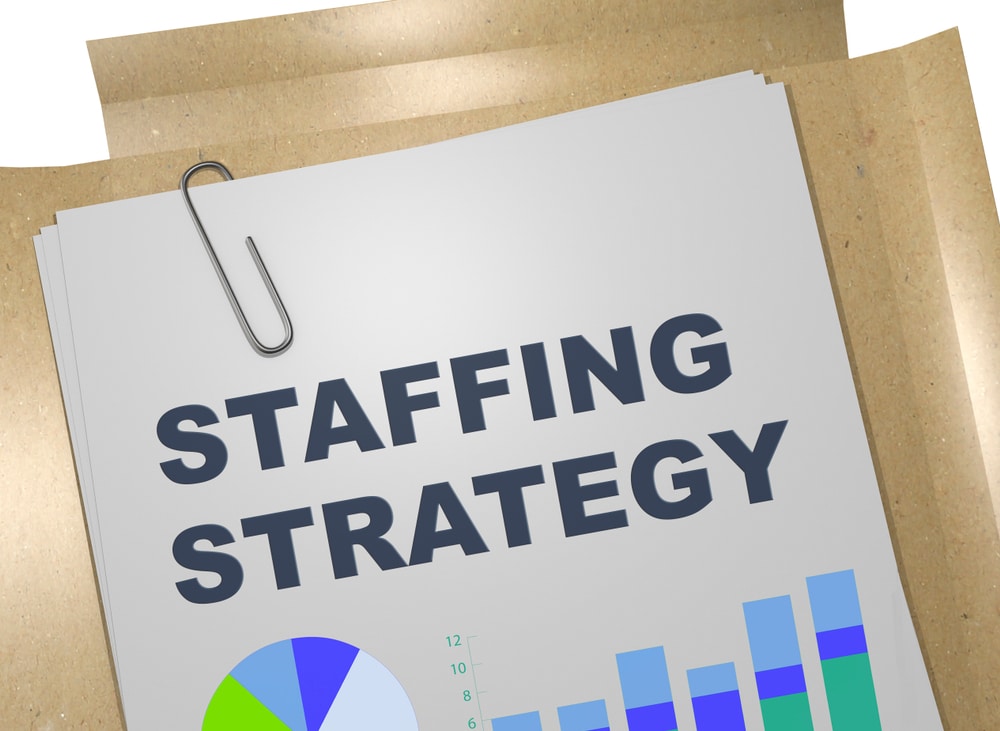In part one of this two-part blog series, we discussed the basics on a workforce and staffing plan within the world of human resources. This is often an important approach taken by those in the recruiting world, laying out timelines and needs to help the organization take the most efficient possible route to staffing.
At WTA Inc., we’re here to offer a variety of recruitment and hiring solutions as part of our broader HR services in Salt Lake City, working with companies of every size to assist them with staffing needs. Today’s part two of our series will continue from part one, laying out the basic steps to formulating a workforce and staffing plan.
Assess the Skills Gap
We left off in part one with evaluation of KSAs (knowledge, skills, ability) of your current employees, which is a vital piece of the puzzle for understanding your hiring needs. Once this is done, it’s time to find the gaps in these KSAs and the needs of your organization.
This is a process known as gap analysis, one that allows you to determine which KSAs will be most important to the company as a whole, and allows for further understanding of your current HR strategy. Once you’ve prioritized your KSAs in detail, you can create a plan to bridge any gaps; this is the first step to creating your workforce and staffing plan.
Setting the Plan in Motion
Once your gaps are identified and you’ve crafted an approach for filling them, it’s time to put the entire plan in motion. This doesn’t need to be anything complex; simply listing out the KSAs you’ll need to fill, as well as your timeline for filling them, is often enough.
This can be done in an organized spreadsheet or chart; some companies prefer to include this information within their job descriptions. Whichever method works best for your company, it’s important that the plan is accessible by all who will play a role in staffing.
This can be any department, from marketing to IT and everything in between. Having this information readily available will save time when it comes to the actual hiring process, allowing for more efficient communication within your company as you search for qualified individuals.
Utilize and Review the Plan Regularly
By no means is this task finished once the workforce and staffing plan is initially implemented. Rather, it should be constantly monitored and updated as necessary.
As you progress through the hiring process, whether it be for one position or ten, use this time to adjust your plan and add in new KSAs and potential hiring steps. You may also want to look at not just current but future needs within your company; while filling staffing gaps is important, don’t forget that you can also use this time to build for the future.
This could mean specific training initiatives, improving company benefits or anything else that will help you attract and retain top talent in your industry. In short, once you’ve established a basic workforce and staffing plan, it’s vital that you continue to monitor and adjust it as needed; otherwise, your recruiting and hiring efforts could be wasted.
For more on the creation and maintenance of a workforce and staffing plan, or to learn about any of our human resources or tax services in Salt Lake City, speak to the staff at WTA Inc. today.











